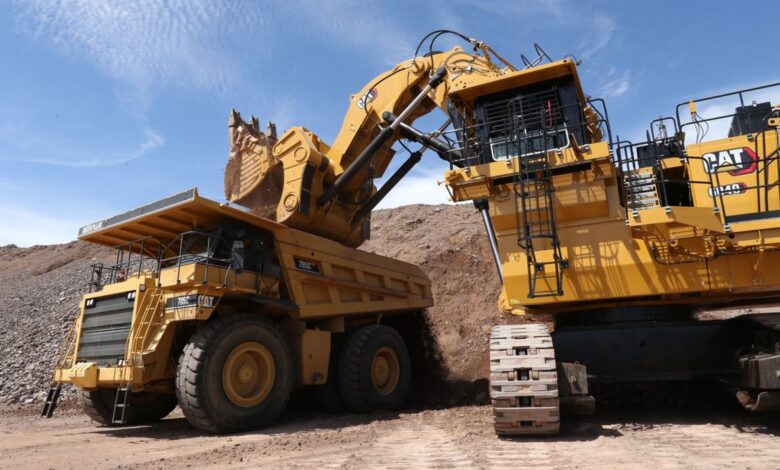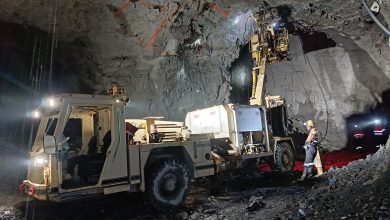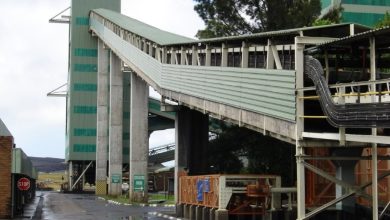
The benefits of fleet management systems have been highlighted. But what happens when fleet management systems operate in isolation? Mining Business Africa examines.
Every day, there is mobile equipment from several OEMs performing various tasks at a mine site. That’s why disparate software systems designed to enhance different aspects of fleet management are used.
Fleet management desires the systems to work harmoniously. But that’s not how it works in the real world.
Due to interoperability challenges, running many disparate software systems becomes problematic in mines with large fleets. Therefore, mine operators should select interoperable fleet management systems.
Through interoperability, equipment and vehicles from various OEMs are able to communicate and share data, providing a clear picture of the fleet’s performance, location, and condition. Ultimately, they can optimise operations, reduce costs, and enhance the productivity of their fleet.
So, it is inconceivable why a mine operator would get non-interoperable systems.
Based on information various vendors of fleet management shared with Mining Business Africa, software non-interoperability can be attributed to the following factors:
- Typically, a mining fleet consists of different OEMs, each with unique proprietary technologies and protocols. This poses a challenge when integrating systems from different vendors.
- Fleet management systems are designed exclusively to work with specific equipment. Due to this, data sharing and integration are restricted.
- A common problem is that data from fleet management systems of machinery varies in format, structure, and quality. The absence of standardised data protocols—an issue often encountered—renders the exercise of integrating information from various sources complex and time-consuming.
- Due to their conservative attitude, mine operators hold on to older equipment (think—if it is not broken, why fix it?). Unfortunately, outdated equipment may not have connectivity features such as telematics or IoT capabilities. Hence, integrating these legacy systems becomes a challenge. The easy way out is retrofitting or acquiring customised solutions, which becomes an unplanned cost burden.
- While ostensibly well-meant, data sharing across platforms and companies raises issues of privacy and security. However, in an industry where safeguarding data is critical, the concern is: Won’t interoperability compromise data security? The situation becomes complex when systems from multiple vendors are utilised.
Effects of Non-Interoperability
As a result of non-interoperability among systems, inevitably, several challenges arise:
- Information is confined within individual systems and not available across platforms. This deprives fleet managers and operators of information on fleet performance, equipment status, and real-time metrics. As a result, this constrains data-driven decision-making, making it harder to optimise fleet operations.
- To manage different equipment, multiple disconnected systems are used. This requires manual data entry or separate dashboards. This is time-consuming and prone to human error, resulting in delays, inconsistent data, and redundant tasks. The upshot is operational inefficiency.
- When each piece of equipment is managed in isolation, implementing comprehensive predictive maintenance across the fleet is difficult. Consequently, frequent repairs and unexpected breakdowns result in costly reactive maintenance.
- Without real-time monitoring capability of safety metrics and equipment, the risk of accidents and regulatory non-compliance increases.
- It is difficult to add new equipment or upgrade existing systems, as each new component may require additional custom integration work to communicate with legacy systems. This is costly and time-consuming, as new systems require bespoke solutions.
- Additional resources are required to maintain fragmented systems. This could be in the form of middleware solutions, manual workarounds, or dedicated IT staff. This results in higher IT maintenance costs and a need for specialised skills, which lead to additional costs.
- With outdated or incomplete data, managers may make uninformed decisions, which result in poor allocation of resources. As a result, an operation can incur high operating costs and experience low productivity.
Interoperability
On the contrary, by embracing interoperable fleet management systems, mining companies may benefit in the following ways:
- Allowing all equipment, irrespective of manufacturer, to share data streamlines operations. Thus, through the consolidated view of fleet performance, fleet managers can make more informed and efficient decisions. This can reduce idle time and ensure better allocation of resources.
- By enabling predictive maintenance, an integrated system can significantly reduce costs resulting from unscheduled downtime and frequent repairs.
- Using real-time data, mining operators can track safety metrics and ensure that equipment meets compliance standards, contributing to a safer work environment.
- New equipment or technology can be integrated without the need for an overhaul of the entire fleet management system.
- By enabling diverse systems to communicate, interoperability supports data consolidation. This informs decisions to improve productivity, enhance safety, and support accurate forecasts.
Overall, mine operators have to be prudent in their procurement of fleet management software, emphasising interoperable systems for smooth management of their mobile equipment.






